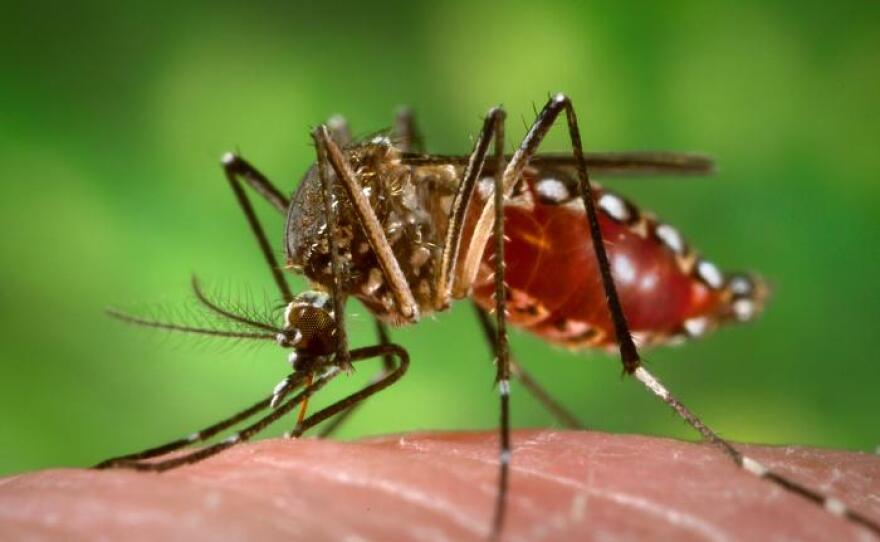A San Diego County woman who traveled to Colombia last month contracted the Zika virus, the first time the disease has been detected in the region this year, local health officials reported today.
According to the county Health and Human Services Agency, the woman was not pregnant or hospitalized, and has recovered.
Health officials say the mosquito-borne virus causes only mild illnesses in most people.
However, a rash of cases in which babies born in South America with microcephaly, a condition where babies' heads and brains are smaller than normal, was connected to mothers who got sick from Zika while pregnant.
The only two previously known cases of Zika in San Diego came in 2014 and 2015 and involved people who had traveled to areas afflicted by outbreaks.
"There is no immediate threat from Zika if people have not traveled to known affected areas,'' said Dr. Wilma Wooten, the county's public health officer. "Anyone who is planning travel to a country with active Zika virus transmission should consult their doctors before leaving, especially if they are pregnant or are considering becoming pregnant.''
According to the U.S. Centers for Disease Control and Prevention, there have been no reported mosquito-transmitted cases of Zika in the continental U.S. A few cases in this country have been reported via sexual transmission.
Mexico is one of 35 countries reporting cases of Zika, though none have been in Baja California.
The CDC reports that only one out of every five people who get infected with the Zika virus ever experience any illness. If people do get sick, their symptoms are usually mild and may include fever, rash, joint pain or conjunctivitis, commonly known as pink eye.






